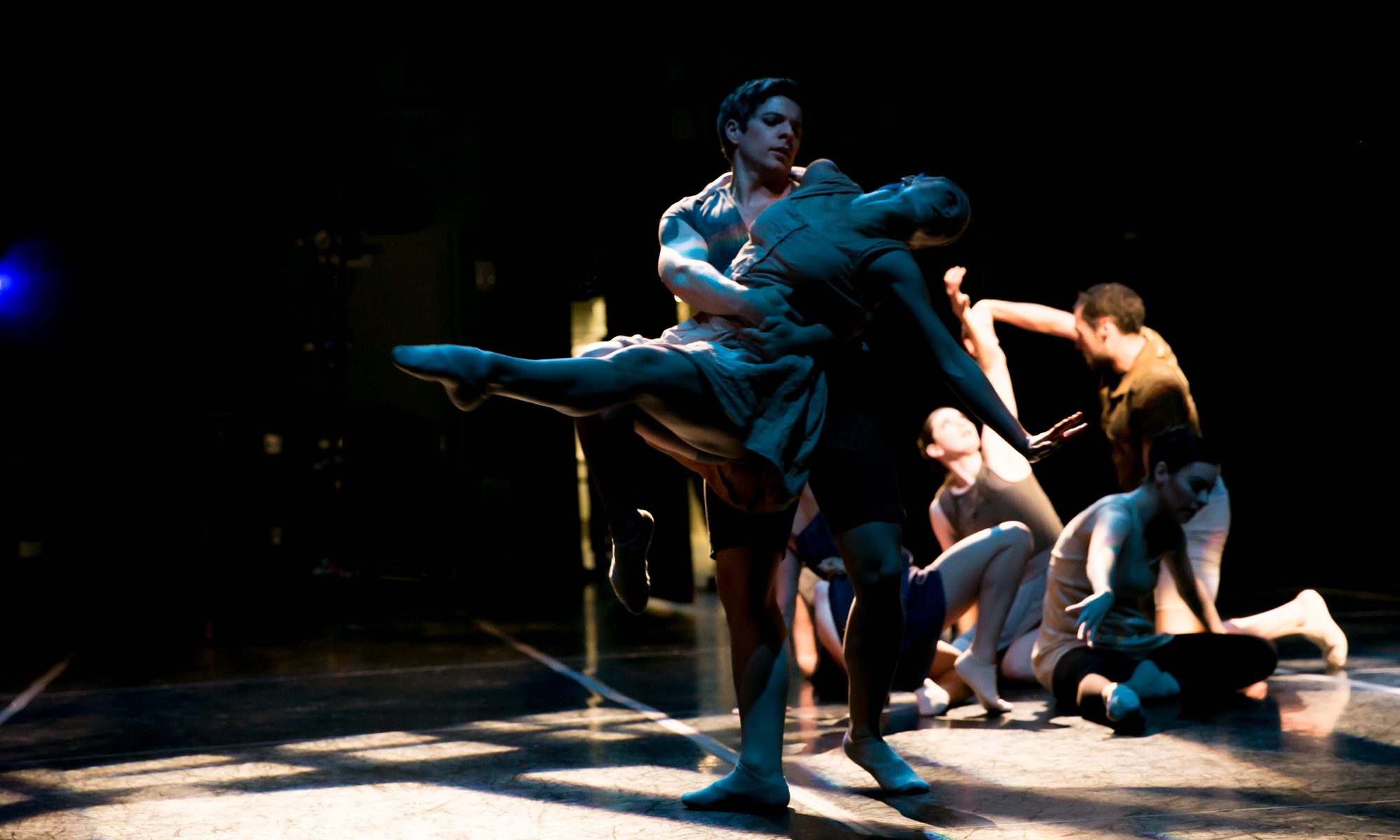Purchase via Oxford University Press.
In Enlightenment Europe, a new form of pantomime ballet emerged, through the dual channels of theorization in print and experimentation onstage. Emphasizing eighteenth-century ballet’s construction through print culture, Theories of Ballet in the Age of the Encyclopédie follows two parallel paths—standalone treatises on ballet and dance and encyclopedias—to examine the shifting definition of ballet over the second half of the eighteenth century.
Bringing together the Encyclopédie and its Supplément, the Encyclopédie méthodique, and the Encyclopédie d’Yverdon with the works of Jean-Georges Noverre, Louis de Cahusac, and Charles Compan, it traces how the recycling and recombining of discourses about dance, theatre, and movement arts directly affected the process of defining ballet. At the same time, it emphasizes the role of textual borrowing and compilation in disseminating knowledge during the Enlightenment, examining the differences between placing borrowed texts into encyclopedias of various types as well as into journal format, arguing that context has the potential to play a role equally important to content in shaping a reader’s understanding, and that the Encyclopédie méthodique presented ballet in a way that diverged radically from both the Encyclopédie and Noverre’s Lettres sur la danse.
Reviews: Journal for Eighteenth-Century Studies 45, no. 3 (2022), Danza e ricerca 14 (2022), Dance Chronicle 46, no. 1 (2023), Dance Research 41, no. 1 (2023), MLN 138, no. 4 (2023), French Studies 78, no. 1 (2024)
